
What’s Trending for Wildlife?
Changes to our climate, loss of habitat and pesticides have become challenging to wildlife; species are significantly in decline and struggling to cope with climate change.
That’s why, in Europe, wildlife enthusiasts have been trying hard to increase the awareness of these threats.
In this article, we will discuss recent European wildlife trends, why they are so significant to the conservation of wildlife species and why they impact your garden center in the U.S.
Bees
Increased awareness of the decline in bees in the media is vast, particularly through various television documentaries and films such as the “Bee Movie.” Global bee populations have plummeted over the last decade with factors such as global warming and habitat loss taking a toll on the vital pollinators.
 Researchers have found that bee numbers are steadier in urban environments, possibly due to greater diversity in plants compared to the countryside.
Researchers have found that bee numbers are steadier in urban environments, possibly due to greater diversity in plants compared to the countryside.
Bees are a vital link in the ecosystem chain and including mason orchard bees are an essential ally for any keen gardener in ensuring their much-loved plants prosper.
Essential pollinators for high yields of crops, such as apples, almonds and cucumbers, contribute to the economy on a global scale and help people to grow their own in smaller kitchen gardens. And although people widely accept these attributes, many can still remain misguided on beneficial insects and how to best help them to help you.
Much has been done to raise awareness of the need to take action and conserve our bees. Garden centers like yours have made bee houses widely available to their customers, while they have also become popular by mail order and online.
The solitary beehive, one of Wildlife World’s best-selling products for mason bees, is an example of how easily this type of habitat can be incorporated into any garden to help promote vital pollination activity. The discreet wooden box is an original design by the company and offers several removable trays to allow users to inspect and clean each of the nesting channels. The design is also made using sustainable materials. This is just one example of the great gifts available for gardeners, as the habitats are easy to use and solitary bees like mason bees are not aggressive, unlike honeybees.
Insects
Another recognizable trend in the U.K. and Europe is insect hotels and habitats, many of which are designed for a variety of beneficial insects such as solitary bees, ladybugs, lacewings and butterflies. The concept was developed to attract more than one species of wildlife, providing an all-inclusive giant habitat. Wildlife World’s Insect Study Centre is an example of this, the company’s first premium educational study habitat for use in schools or at home. The design includes a number of interactive features, including a solar insect attic, over-wintering chamber, a magnifying glass panel and solitary bee study hive. These components provide fascinating entertainment for school children or those with an interest in wildlife species. Observation of these types of wildlife species is fascinating for those of all ages.
Gardeners and homeowners can be helped by providing the right pollen and nectar-rich plants and nesting habitat.
Displaying a solitary bee hive and informative graphics next to a selection of bee-friendly plants would then direct people’s interest to a separate wildlife product category area — typically a 3- to 6-foot bay displaying a selection of wildlife habitats, such as the bee and bug biome, and point-of-sale panels and graphics will of course further encourage sales of these products.
There is a huge variety of habitats available to carry in this sales area, for hedgehogs, frogs, bats, swallows and many others.
Birds
Garden birds are in many of our gardens and backyards; watching and feeding them is crucial for their wellbeing.
An upcoming trend in this retail sector is colorful bird feeders, particularly those that can be placed in a gardener’s flowerbed or attached to a wall or window. They encourage those with gardens to easily attract birds into the garden through winter and early spring.
Feeders available in colors such as red, yellow or blue allow bird watchers to spot birds feeding against its vibrant color, bringing the garden alive in winter.
Wildlife World’s Petal Cup feeder, for example, is suitable for all weather conditions and appropriate for all kinds of bird food including chopped nuts, sunflower hearts, wild bird mix, live and dried mealworms and more. It will attract all types of birds depending on the type of food offered.
We are seeing these easy maintenance and attractive wildlife feeders more and more in the European wildlife market.
In Urban Environments
The introduction of wildlife into urban environments is a trend which has become particularly popular within Europe. Cities across Europe are home to all types of wildlife species, and many of which have, in the past, received little or no attention by town and city homeowners.
An urban range of products, aimed to encourage people living in apartments/houses in busy cities to enjoy nature and wildlife in these environments, can include a bee and insect hotel, a bird nest box, bird feeder and bee nester.
Also prominent in the European wildlife market is the introduction of habitats for education in schools, many of which now have a wildlife garden on the school grounds. Wildlife is becoming more central to lesson plans and teachers are encouraged to enhance children’s learning experience in this field.
Wildlife World recently secured a firm foothold in the educational sector with Trail Packs that focus on engaging youngsters to explore nature in a variety of ways. The Trail Packs also have a 10-year guarantee. Since then, the company has gone on to create a number of giant habitats for use in educational institutions in order to provide an outdoor wildlife experience for all ages and level of learning.



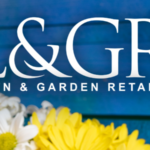


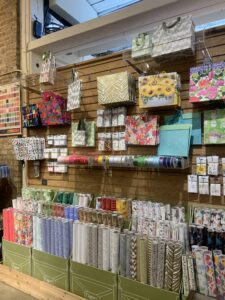
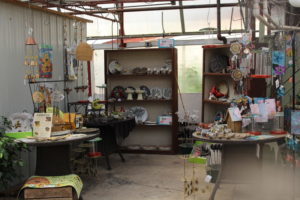
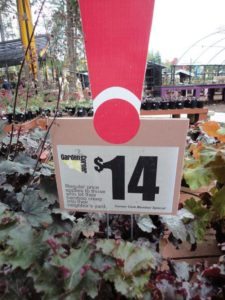

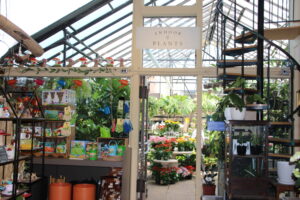

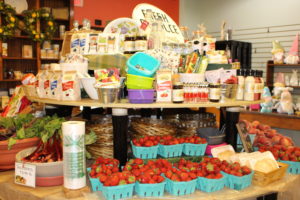
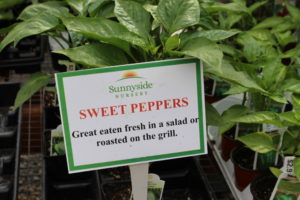
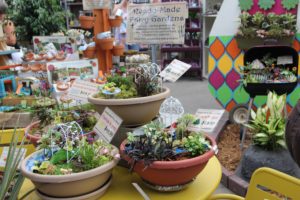
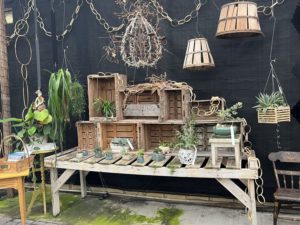
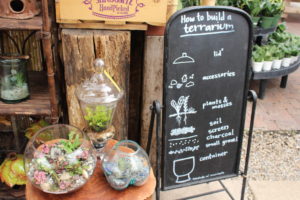
 Videos
Videos





